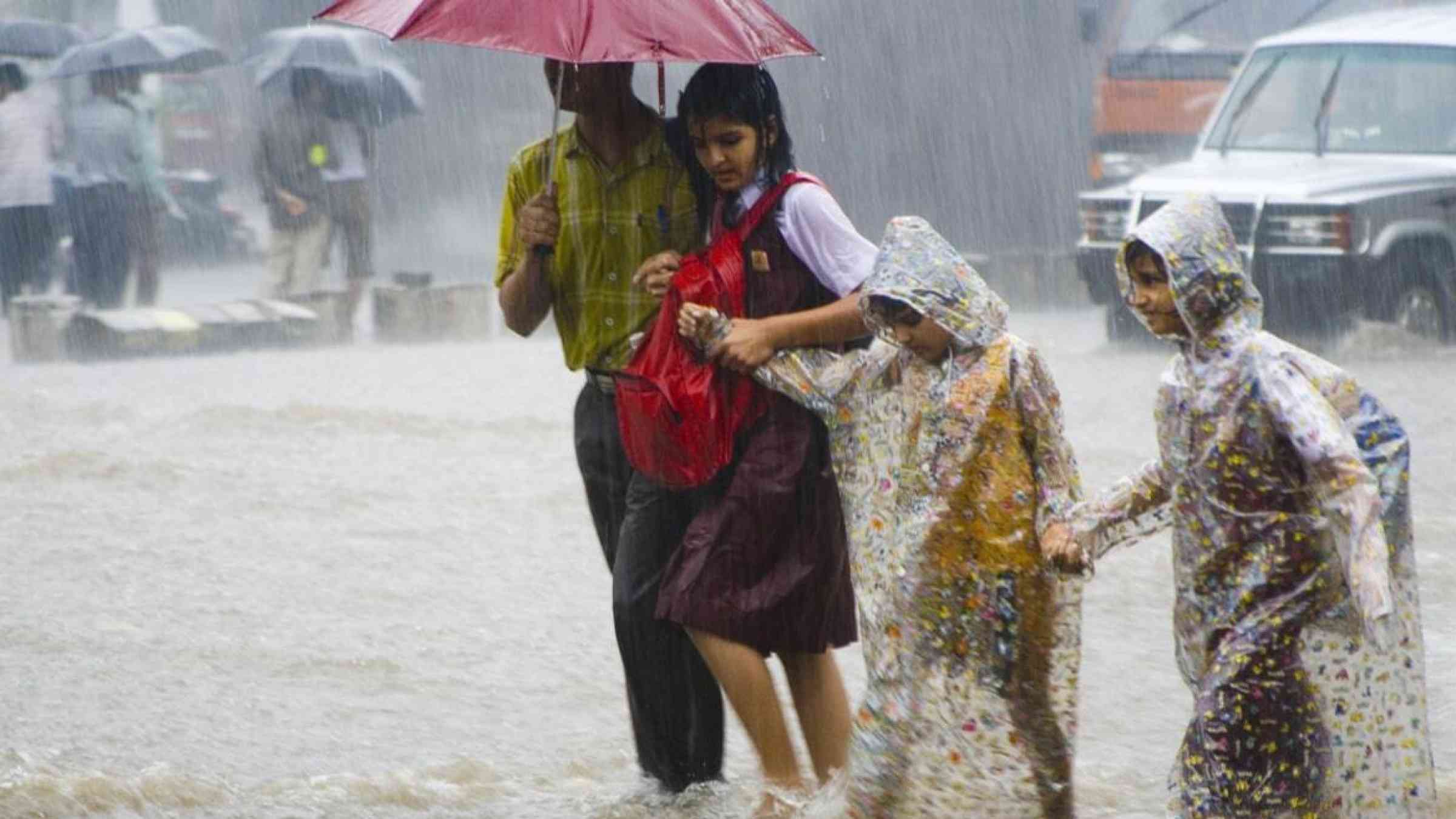Weather whiplash’ occurrences will increase alongside global temperatures

A sudden flip in weather conditions—from a long hot and dry period to a parade of storms, for example, or from abnormally mild winter temperatures to extreme cold—can cause major disruptions to human activities, energy supplies, agriculture, and ecosystems. These shifts, dubbed “weather whiplash” events, are challenging to measure and define because of a lack of consistent definition. A new study demonstrates an approach to measuring the frequency of these events based on rapid changes in continent-wide weather regimes.
The study indicates that, while the frequency of whiplash events in recent decades has not changed substantially, future model projections indicate increases will occur as the globe continues to warm under a thicker blanket of greenhouse gasses. In particular, the researchers find whiplash will increase most during times when the Arctic is abnormally warm, and decrease when the Arctic is in a cold regime—something that will occur less often as the planet warms.
Examples of weather whiplash during 2022 so far include a long, hot, drought in western U.S. states during early summer that was broken by record-breaking flash flooding; exceptionally wet and cool conditions during June in the Pacific Northwest replaced by a heat wave in July; a record-warm early winter for most south-central states followed by a cooler-than-average January and February; and a spell of 67 consecutive hot, dry days in Dallas, TX, broken by the heaviest rains in a century.
“The spring and summer of 2022 have been plagued by weather whiplash events,” said lead author, Dr. Jennifer Francis, Senior Scientist at the Woodwell Climate Research Center. “A warming planet increases the likelihood of longer, more intense droughts and heat waves, and we’re also seeing these spells broken suddenly by heavy bouts of precipitation, which are also fueled by the climate crisis. These sudden shifts are highly disruptive to all sorts of human activities and wildlife, and our study indicates they’ll occur more frequently as we continue to burn fossil fuels and clear-cut forests, causing greenhouse gas concentrations to rise further.”
Co-author Judah Cohen, Principal Scientist at Verisk AER noted that these phenomena are tightly linked to regional warming in the Arctic.
“We know the Arctic region is experiencing the most rapid changes in the global climate system. Evidence is growing that these profound changes are contributing to more extreme weather events outside the Arctic, and this influence will only increase in the future,” said Dr. Cohen.